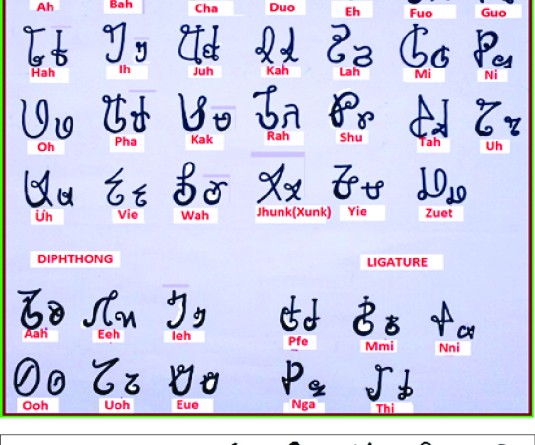
Mithilesh Kumar Sinha, Senior Professor
Department of Economics
Nagaland University, Lumami
In India, extreme poverty has become a history. As a result of the government's strong policy thrust on redistribution and inclusive growth official data now confirms that India has eliminated extreme poverty, as commonly defined in international comparisons. This is an encouraging development with positive implications for global poverty headcount rates. This also means that time has come for India to graduate to a higher poverty line much like other countries. The transition to a higher poverty line provides an opportunity to redefine existing social protection programs particularly with the objective of better identification of intended beneficiaries and providing greater support to the genuine poor. American Think Tank Brookings has said these things in its recent report.
High growth and large decline in inequality have combined to eliminate poverty in India for the per person, per day (PPP) poverty line of $1.9 (at 2011 prices). The Headcount Poverty Ratio (HCR) — i.e., the proportion of a population that lives below the poverty line — has declined from 12.2 per cent in 2011-12 to 2 per cent in 2022-23. According to data showed by World Poverty Clock, produced by World Data Labs, 34,458,941 people in India are living in extreme poverty, which is 2 percent of its population. This number was 40,485,679 in 2023 and 46,909,365 in 2022. Out of the 2 percent, 32,517,579 are in rural areas (94 percent) and 1,941,362 are from urban areas (6 percent).
The report said high growth and large decline in inequality have combined to eliminate poverty in India for the purchasing power parity $1.9 poverty line. The Headcount Poverty Ratio (HCR) for the 2011 PPP USD 1.9 poverty line has declined from 12.2 per cent in 2011-12 to 2 per cent in 2022-23, equivalent to 0.93 percentage points (ppt) per year. Rural poverty stood at 2.5 per cent while urban poverty was down to 1 per cent. For the PPP USD 3.2 line, HCR declined from 53.6 per cent to 20.8 per cent.
According to the data, real per capita consumption growth has been recorded at 2.9 per cent per year since 2011-12. Under this, rural growth at 3.1 per cent was significantly higher than urban growth of 2.6 per cent The data also presented an unprecedented decline in both urban and rural inequality. The urban Gini (x100) (index to measure inequality) declined from 36.7 to 31.9; the rural Gini declined from 28.7 to 27.0.
This means that time has come for India to graduate to a higher poverty line much like other countries. The transition to a higher poverty line provides an opportunity to redefine existing social protection programs particularly with the objective of better identification of intended beneficiaries and providing greater support to the genuine poor.
Some more measures can go a long way to reduce the inequalities of income and eradicate extreme poverty completely such as more employment opportunities, Minimum needs programme, Social security programmes, Esatablishment of small scale industries, Uplift rural masses and Land reforms.




